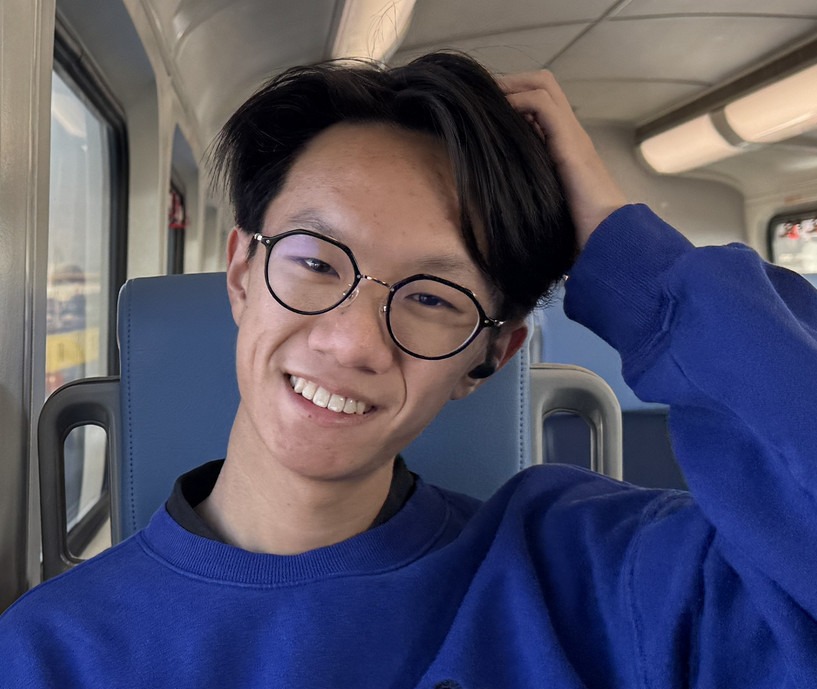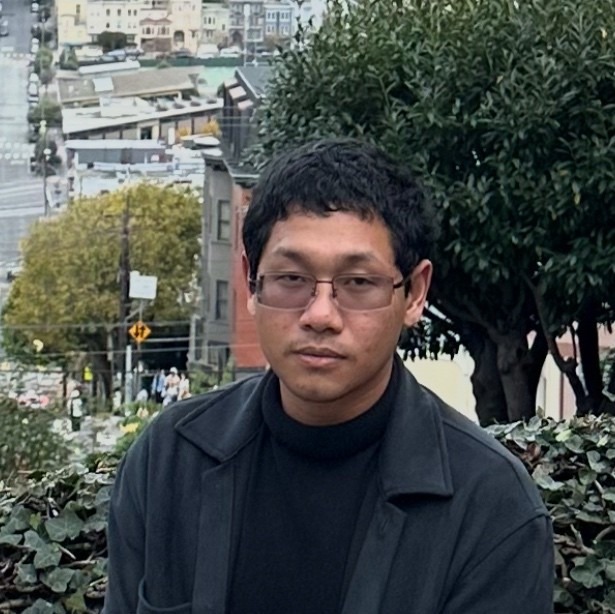Two students from Pasadena City College (PCC) were among the select few undergraduate researchers presenting at the prestigious CAMPS 2025 Conference, hosted May 23–24 at Texas State University in San Marcos, Texas.
Supported by the NSF’s PREM (Partnerships for Research and Education in Materials) and MRSEC (Materials Research Science and Engineering Centers) programs, CAMPS brings together student researchers from across the country to present innovative work in materials science, biology, chemistry, and related fields.
While most attendees hailed from four-year institutions—a reflection of where PREM and MRSEC funding is typically centered—these two students from PCC stood out for their research contributions, poise, and academic rigor.
The participation of two-year students at CAMPS 2025 this year signals a noteworthy shift—one that points to the importance of fostering inclusive research pathways at all academic levels.
Poster Presentation: Safety of Brain Implants in Living Organisms

Carlton Mantovani: Pasadena City College | AT3 Internship Program | NSF PREM #2425226
Carlton’s research poster explored the neurological effects of brain microchip implants in animal models, particularly in rhesus macaques and sheep. His work focused on measuring whether such implants—used to study or even treat neurological diseases—cause long-term harm to cognitive function or brain tissue.
Using MRI imaging, behavioral Delayed Non-Matching-to-Sample (DNMS) tests, and biomarker analysis (GFAP and IBA-1 expressions), Carlton found no significant memory impairment or tissue damage. His findings suggest that brain implants could play a safe and influential role in neuroscience in the future.
“This type of advanced, interdisciplinary work is exactly the kind of research we want to see coming out of programs like AT3 and PREM,” PCC professor and student mentor, Dr. Jared Ashcroft, said. “Carlton’s results were well-documented and thoughtfully presented—it was a proud moment for our team.”
Poster Presentation: Pollution and Biodiversity at the Audubon Center

Phone (Morest) Myint Mo: Pasadena City College | Department of Natural Sciences
Morest’s research examined biodiversity loss due to urban air and noise pollution in two plots at the Audubon Center in California—Monarch Alley and Hummingbird C. By collecting data on air quality (PM2.5, PM10, VOCs), noise levels, and plant species counts (using iNaturalist and Shannon diversity index), the team discovered a clear correlation: the less polluted site had higher biodiversity and healthier vegetation.
His group used leaf area measurements of native oak species as indicators of physiological stress and found that air and noise pollution had a measurable adverse effect on these species.
Morest, a STEM tutor and Vice President of the Resilience Club at PCC, plans to transfer to UC Berkeley in Fall 2025 to pursue Molecular and Cellular Biology. He brings a deeply interdisciplinary perspective to science, linking biology, chemistry, and physics with real-world sustainability and public health issues.
A Sign of Progress
“To our knowledge, they were the only community college students presenting at the conference this year,” Dr. Jared Ashcroft said. “Their work was just as advanced and compelling as that of students from major research universities.”
As CAMPS continues to grow (this year marked only its third occurrence), participation from two-year institutions remains less common—but meaningful. The presence of these students at such a high-level national research forum reflects the increasing role community colleges are playing in shaping the future of science and innovation.
“We hope their stories inspire other students and institutions to aim high and pursue research opportunities that might once have seemed out of reach,” said Dr. Ashcroft.
Resources / Links
- CAMPS 2025 Conference Overview
- NSF PREM National Program Site
- AT3 Student Skills / Internship Program
CAMPS at a Glance (Source: NSF PREM Highlights)
Hosted by The Texas State University PREM Center for Intelligent Materials Assembly (CIMA) with 94 students from over 30 PREM and MRSEC institutions nationwide.
Included in the program:
- Invited speaker series featuring four faculty and three industry presenters
- Two rapid-fire oral presentation sessions (38 student presenters)
- Two poster sessions (87 posters presented)
- A career panel and industry networking lunch
- A lab tour of Texas State’s Shared Research Operations, featuring demonstrations of SEM, TEM, EDS, and a nanofabrication clean room
CAMPS at a Glance content provided by Dr. Tania Betancourt, Professor of Chemistry and Biochemistry at Texas State and Director of the PREM Center for Intelligent Materials Assembly.


